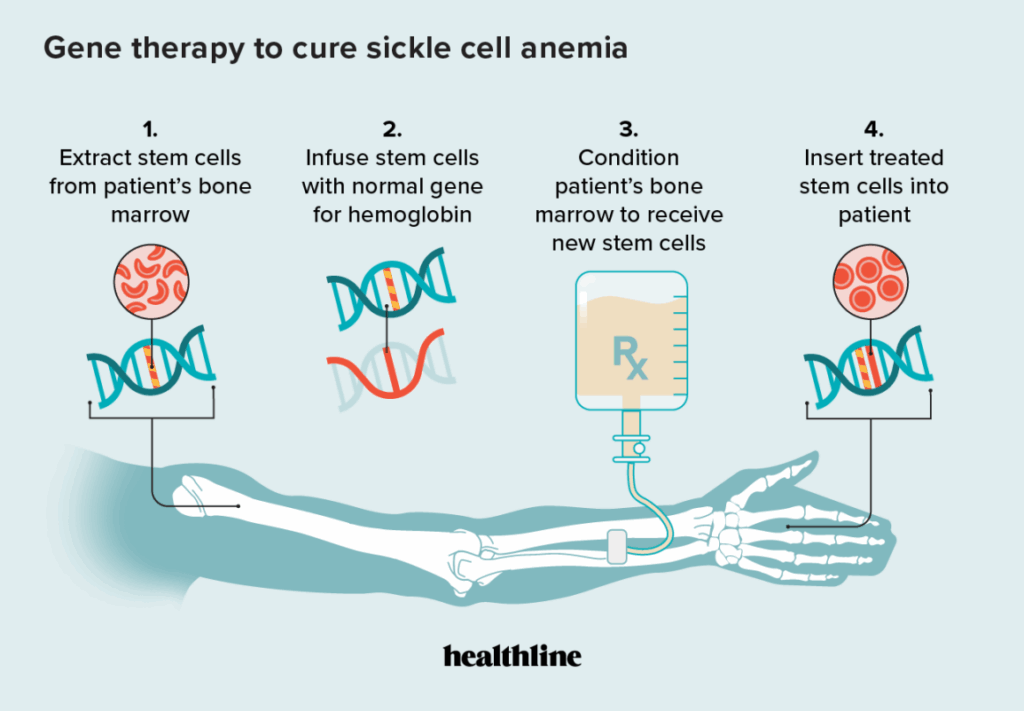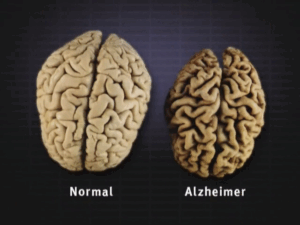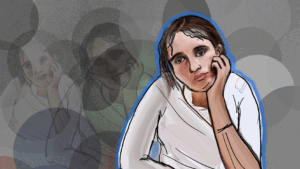How advancements in gene therapy are mitigating sickle cell disease’s impact
In sub-Saharan Africa, sickle cell disease is a leading cause for death for children under the age of five, with mortality rates ranging from 50-80%. 80% of the worldwide cases are concentrated in areas where healthcare is limited. However, this disease still remains a threat to people all around the world. In total, there are currently over 4.4 million infected and 43 million carriers (1). In the U.S, the estimated life expectancy for patients with sickle cell is 20 years less than the national average–posing a substantial threat to those who were born with it (2).

Sickled red blood cells mixed with normal red blood cells (9)
In 1910, Doctor James B. Herrick published a report about his dental student, Walter Clement Noel, who had “Peculiar elongated and sickle-shaped” blood. Soon after this discovery, the doctor wrote a paper documenting it as the first case of sickle cell in the U.S. In 1916, Noel died of pneumonia (3). Following this discovery and multiple other counts of sickle cell in infants, researchers were inspired to find treatments which could mitigate, or even eliminate, the effects of the disease. In 1957, it was discovered that sickle cell is caused by a single point mutation in hemoglobin genes where glutamic acid (GAG) is replaced with Valine (GTG). Following the discovery, there were various tested treatments. Blood transfusions replace sickled cells with donor red blood cells. Hydroxyurea increases levels of HbF, a drug that prevents blood cells from sickling (4).
While these therapies helped mitigate certain symptoms, there were significant drawbacks and limitations. For example, in order for blood transfusions to be effective, they need to be constantly administered to the patient. Additionally, some people were not able to tolerate hydroxyurea due to medical conditions such as low blood count and blood transfusions sometimes caused too much iron to enter the body, leading to organ damage (5). The only known cure to the disease is a bone marrow transplant, where stem cells in the bone marrow are replaced with healthy cells from a brother or sister. Discovered in 1956, bone marrow transplant can completely eliminate sickle cell in every 9 out of 10 cases (2). However, the method is not always applicable as the person requires a sibling in order for transplant to work. The transplant can fail if the bone marrow is recognized as foreign and is attacked by the immune system through a process called immune rejection (6).
As advances like CRISPR are being made to the field of gene therapy, scientists are seeing promise within the field. Since the reason behind the disease is the point mutation in both hemoglobin genes, researchers realized that instead of treating the symptoms of the disease, they could remove it altogether by correcting the sickle mutation. Additionally, there are new advances in bone marrow transplants, allowing the process to safely occur outside the body. Specifically, the patient’s blood stem cells can be removed, genetically modified in a lab, and then reinfused within the body. Through this method, the bone marrow would not be attacked by that person’s immune system, increasing the treatment’s success rate (7).

Steps of how gene therapy is used to cure sickle cell (10)
However, there are significant economic restrictions on gene editing methods. Currently, there are over 100,000 Americans living with sickle cell disease, yet Casgevy–one of two companies that released an FDA approved method to eliminate sickle cell–has only announced 9 sites that are performing the operation. Additionally, this method currently costs over 2.5 million dollars, making it inaccessible to the general population (8).
While gene therapy is not yet a universal treatment, it seems like an extremely promising addition in our strife to make an effective and accessible cure to sickle cell disease and a glimpse of the potential gene editing has to solve many real world problems.
Bibliography
- Obi Peter Adigwe, Solomon Oloche Onaja, and Godspower Onavbavba. (May 31, 2023), A Critical Review of Sickle Cell Disease Burden and Challenges In Sub-Saharan Africa, Retrieved from https://pmc.ncbi.nlm.nih.gov/articles/PMC10239624/
- Centers for Disease Control and Prevention. (May 15, 2024), Data and Statistics on Sickle Cell Disease, Retrieved from https://www.cdc.gov/sickle-cell/data/index.html
- Sickle Cell Foundation of Minnesota. History and Timeline of Sickle Cell Disease, Retrieved from https://www.sicklecellmn.org/scdhistory
- Allistar Abraham and John Tisdale. (July 7, 2021), Gene therapy for sickle cell disease: moving from the bench to the bedside, Retreived from https://pmc.ncbi.nlm.nih.gov/articles/PMC9069474/
- American Red Cross. (September 14, 2021), History of the Sickle Cell Disease, Retrieved from https://www.redcrossblood.org/donate-blood/blood-types/diversity/african-american-blood-donors/history-of-sickle-cell-disease.html
- Texas Children’s. Bone Marrow Transplantation in Children With Sickle Cell Disease, Retrieved from https://www.texaschildrens.org/content/conditions/bone-marrow-transplantation-children-with-sickle-cell-disease
- U.S. Food and Drug Administration. (December 8, 2023), FDA Approves First Gene Therapies to Treat Patients with Sickle Cell Disease, Retrieved from https://www.fda.gov/news-events/press-announcements/fda-approves-first-gene-therapies-treat-patients-sickle-cell-disease
- Courey Perkes. (December 28, 2023), New generation therapy for sickle cell disease has been a long time coming, but is it a complete game-changer? Retrieved from, https://www.uclahealth.org/news/article/new-gene-therapy-sickle-cell-disease-has-been-long-time
- Yolanda Smith. (March 27, 2021), Sickle-Cell Disease Pathophysiology, Retrieved from https://www.news-medical.net/health/Sickle-Cell-Disease-Pathophysiology.aspx
- Olga Askinaza. (June 24, 2022), Gene therapy for sickle cell anemia: How close are we to a cure? Retrieved from https://www.healthline.com/health/sickle-cell-anemia-gene-therapy






Comments are closed.